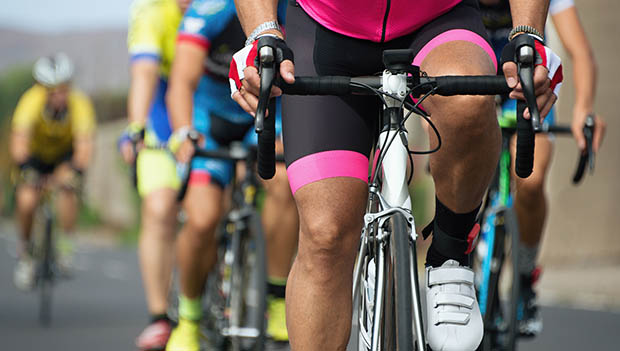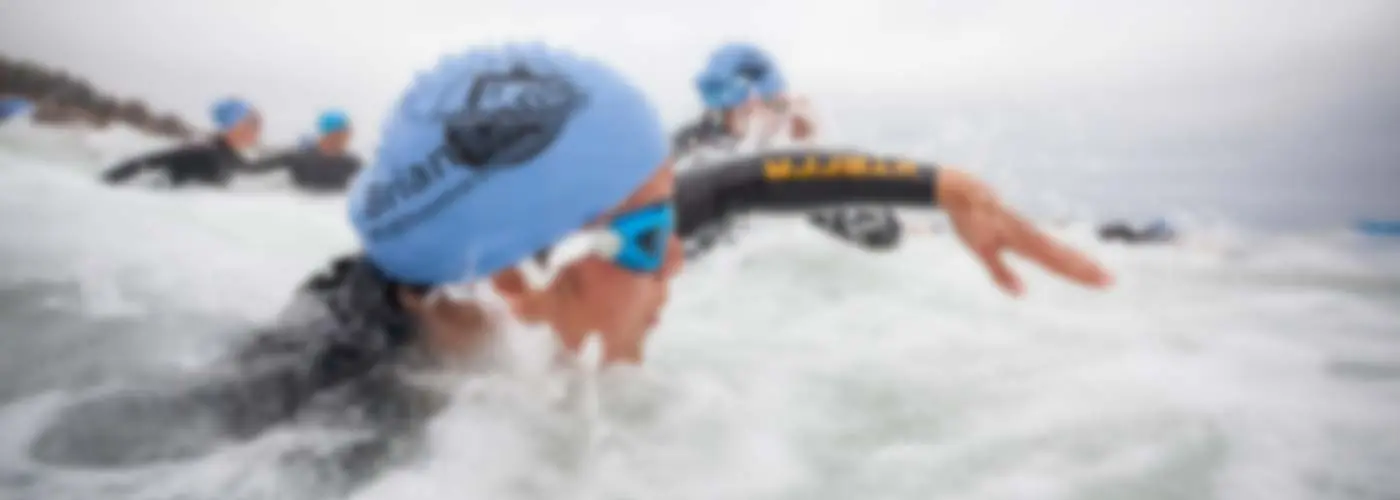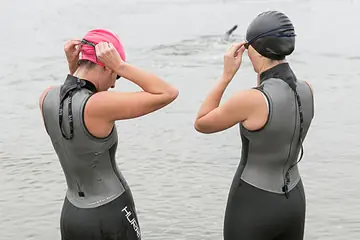
We made it—2019 is here! Now is the perfect time to reflect on your 2018 triathlon season to determine your successes and failures, as well as what you can do differently in the new year.
While we all have our own agendas and goals for the upcoming season, we can all agree that progress is the name of the game. To make the most of your year, we created a triathlon checklist—10 things to consider, from scheduling more brick workouts to getting a professional bike fit.
Practice transitions before race day.
Transitions are one of the most neglected aspects of racing triathlons. A smooth and efficient transition can potentially be the difference between a podium finish and fourth place (or worse!). Both T1 and T2 present their own challenges, so it's best to set up a mock transition area and practice in the weeks leading up to race day. Many triathlon clubs do this on a regular basis and provide coaching and tips and feedback to help you improve.
Schedule more brick workouts.
Similar to practicing transitions, it's important to get used to the feeling of running off the bike. It's not uncommon to experience heavy, sluggish legs for the first 10 to 15 minutes after a hard ride, but practicing this transition can help you get used to that feeling and figure out how to counter it. Called brick workouts, these bike-run efforts will help you reach your greatest potential on race day.
Simplify your gear.
With three sports rolled into one, it's easy to get lost in the weeds when it comes to triathlon gear. It's true that the right gear can make a huge difference in efficiency and performance, but sometimes, it's better to keep things simple. Leave the latest gadgets at home, and get back to the basics in 2019 by only using the essentials. This goes for nutrition as well—you don't need to always buy the latest in sports nutrition. We'll let you in on a little secret: Bananas and Swedish Fish still work.
Practice sighting.
Regardless if the race is in open water or not, many athletes only train for the swim leg of a triathlon in the pool. This is certainly appropriate, but following the black line on the bottom of the pool won't help develop an important tool in a triathlete's arsenal: sighting. The best option would be to include more open water swims (especially in the ocean) in your training schedule, but if you don't have access to a body of water, you can practice sighting in the pool.
Challenge yourself with a new distance.
No matter if it's a jump from a super sprint to a sprint triathlon or from a half IRONMAN to a full IRONMAN, take your distance up a level in 2019. With a new distance comes a new set of challenges, both while training and on race day itself. For resources to help you succeed, check out our training plans and triathlon tips, here, and find and register for a race near you, here.
Set a new PR.
It's easier said than done, we know, but why not shoot for a new personal best in the new year? While improving your finishing time at a specific distance is a great goal, you can also break it up by discipline, by improving a leg that is your weakness (or strength). Hiring a triathlon-specific coach is the most effective way to improve, but joining a local triathlon club or using online resources can help point you in the right direction as well.
Get a professional bike fit.
Just because you're on a triathlon-specific bike doesn't mean you're as aerodynamic or efficient as possible. A professional bike fit can literally shave minutes off your time without adding any additional effort on your end. A bike fit generally includes adjustments to your saddle height, saddle position, cleat position and reach. Be careful trying to adjust your position at home—riding in the wrong position is not only less efficient, but it can cause injuries over a long period of time as well.
Get your running gait analyzed.
Similar to getting a professional bike fit, getting your running gait analyzed can help improve your running efficiency. A simple process that can be done at most specialty running shoe stores, the technician generally records your gait at varying speeds on a treadmill. From there, they will analyze and suggest ways to improve your efficiency, whether it's tweaks to your form or suggesting the right pair of running shoes.
Disconnect from technology.
Technology is an invaluable tool when it comes to triathlon training and racing. Speed sensors, lap counters, power meters, GPS tracking, heart rate monitors and more can make a world of difference in your overall performance. But take some time in 2019 to train without these metrics. We're not saying forgo these altogether, but training by feel can be a helpful skill in case you have some technical difficulties come race day. Better yet, limiting your screen time and enjoying the act of simply swimming, cycling and running can help foster your love for the sport, even during the dog days of training.
Help a friend through their first race.
We all remember our first triathlon—it can be an overwhelming experience with tons of little mishaps and accidents despite our best laid plans. If you have a friend who has expressed interest (or seemed even a little curious) in triathlon, take them under your wing and help them through their first race. This includes picking the right race for them in which to participate, helping them train and letting them borrow some gear (or showing them what they need). Despite its high learning curve, triathlon is an accessible sport that can be enjoyed by all.
READ THIS NEXT: 15 Triathlon Triumphs That Don't Require Winning









Discuss This Article